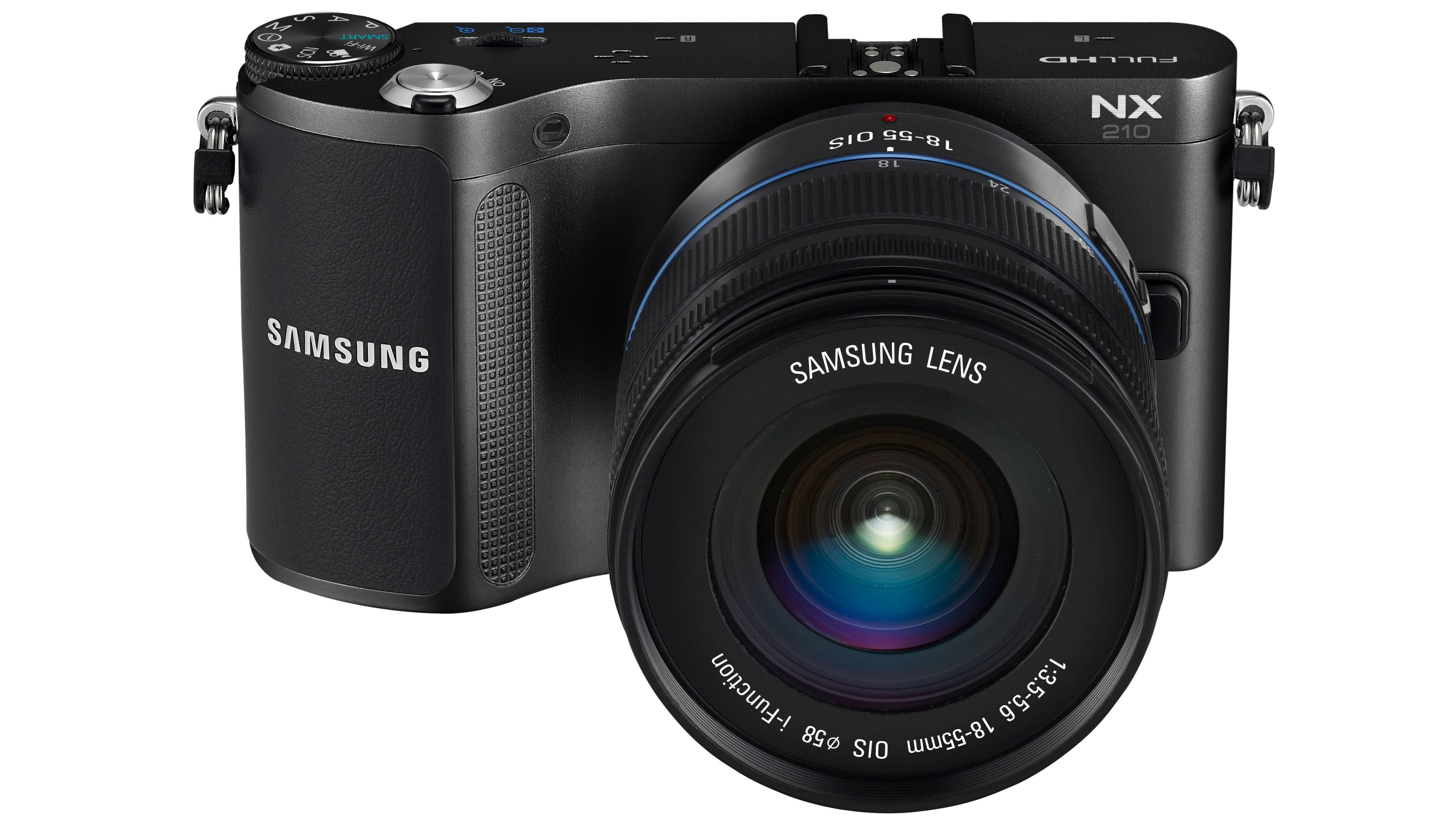Why you can trust TechRadar
The main chassis of the Samsung NX210 is stylish, with its sleek, black metal body giving an overall impression of a quality CSC.
A problem with many large sensor compact system cameras is that large lenses tend to look slightly incongruous. This can definitely be said of the Samsung NX210 paired with the 18-55mm kit lens. Pancake lenses, such as the 20mm f/2.8 are much better suited to the small body – so it's worth thinking about investing in additional lenses.
The grip feels well made, and the camera sits pretty comfortably in the hand. A thumb rest on the back of the camera also adds additional purchase, making shooting one-handed easy to do.
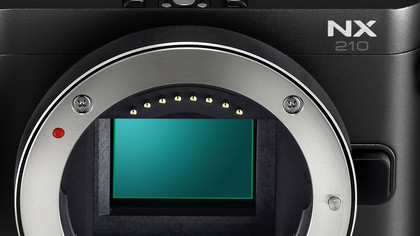
Buttons on the back of the camera are reasonably laid out, with a dedicated movie record button falling naturally where a thumb might rest.
A function (Fn) button is a useful way to quickly access all of the most commonly used settings, bringing up a display that can be scrolled through using the arrow keys or scroll dial.
There's also the ability to customise the Delete button at the back of the Samsung NX210. A number of one-touch options can be set via this button, such as switching between raw and JPEG shooting, or Auto Exposure Lock (AEL).
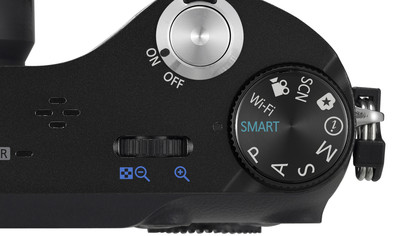
One bugbear here is via the exposure compensation button. In order to make changes, this needs to be held down at the same time as moving the scroll wheel - something that is pretty much impossible to do one-handed. Luckily, you can also use a small dial at the top of the camera, or iFunction, when using one of the compatible lenses.
At the top of the camera is a dial for changing the mode of the camera. The usual P,A,S, M modes can be selected here, as well as Smart Auto, Magic Mode and Wi-Fi. The dial is useful for quickly switching between modes, but it can be a little stiff, requiring a firm push on occasion.
The Samsung NX210's main menu, which is accessed by pressing the Menu button, is well arranged, with it split into different sections, such as Photo and Movie. You may not find yourself using this menu too often, though, since most of the controls can be accessed via the Fn button.
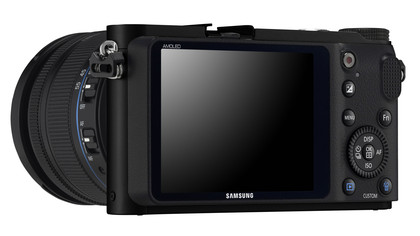
There are four different types of autofocus functionality – Selection AF, Multi AF, Face Detection AF and Self-Portrait AF. If you're happy to enable the camera to choose autofocus points for you, then use Multi AF. However, if you want a little more control, then Selection AF is the better option.
When using this option, to change AF point, the central button on the Samsung NX210's navigation pad needs to be pressed, and then the arrows/scroll wheel used to change the point. This isn't the quickest of options, and here a touchscreen would have been welcome. You can also alter the size of the AF point here, by using the scroll dial at the top of the camera.
To use manual focus, this can switched on via the lens. Turning the manual focus ring on the lens causes central portion of the image to be magnified to assist with focusing. This is fine if whatever you're photographing happens to be in the centre of the frame, but is of little use if it's not. There's currently no way to change the magnified area, which seems a bit of an oversight.
A couple of taps of the Display/Up button on the back of the camera brings up a digital level. This is useful when shooting landscape images, because it helps to ensure straight horizons. It's also good for using with a tripod that doesn't have a built-in spirit level.
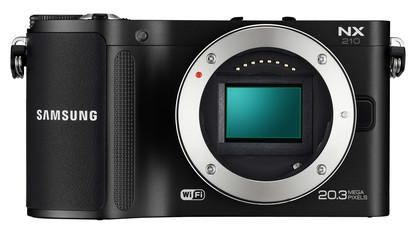
Of the nine currently available proprietary lenses for the Samsung NX mount, six are iFunction lenses. This includes the standard 18-55mm kit lens. Key functions (such as aperture or ISO) can be accessed by pressing the iFunction button and twisting the manual focus ring on the lens.
In theory, this is a great idea, but in practice on larger lenses such as the 60mm f/2.8 macro, or even the 18-55mm lens, it can be a little awkward to use, especially one-handed. On smaller lenses, such as the pancake 16mm and 20mm optics, this is a lot easier.
Amy has been writing about cameras, photography and associated tech since 2009. Amy was once part of the photography testing team for Future Publishing working across TechRadar, Digital Camera, PhotoPlus, N Photo and Photography Week. For her photography, she has won awards and has been exhibited. She often partakes in unusual projects - including one intense year where she used a different camera every single day. Amy is currently the Features Editor at Amateur Photographer magazine, and in her increasingly little spare time works across a number of high-profile publications including Wired, Stuff, Digital Camera World, Expert Reviews, and just a little off-tangent, PetsRadar.
